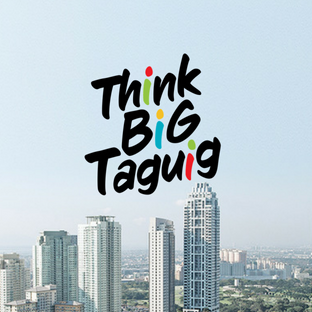

Taguig began as an old settlement that lived off the bounty of the largest lake in the Philippines.
Laguna de Bay has been the wellspring of Taguigeño culture, tradition, faith, and ways of life."
(Excerpt from the book “Taguig - Our Probinsyudad”)
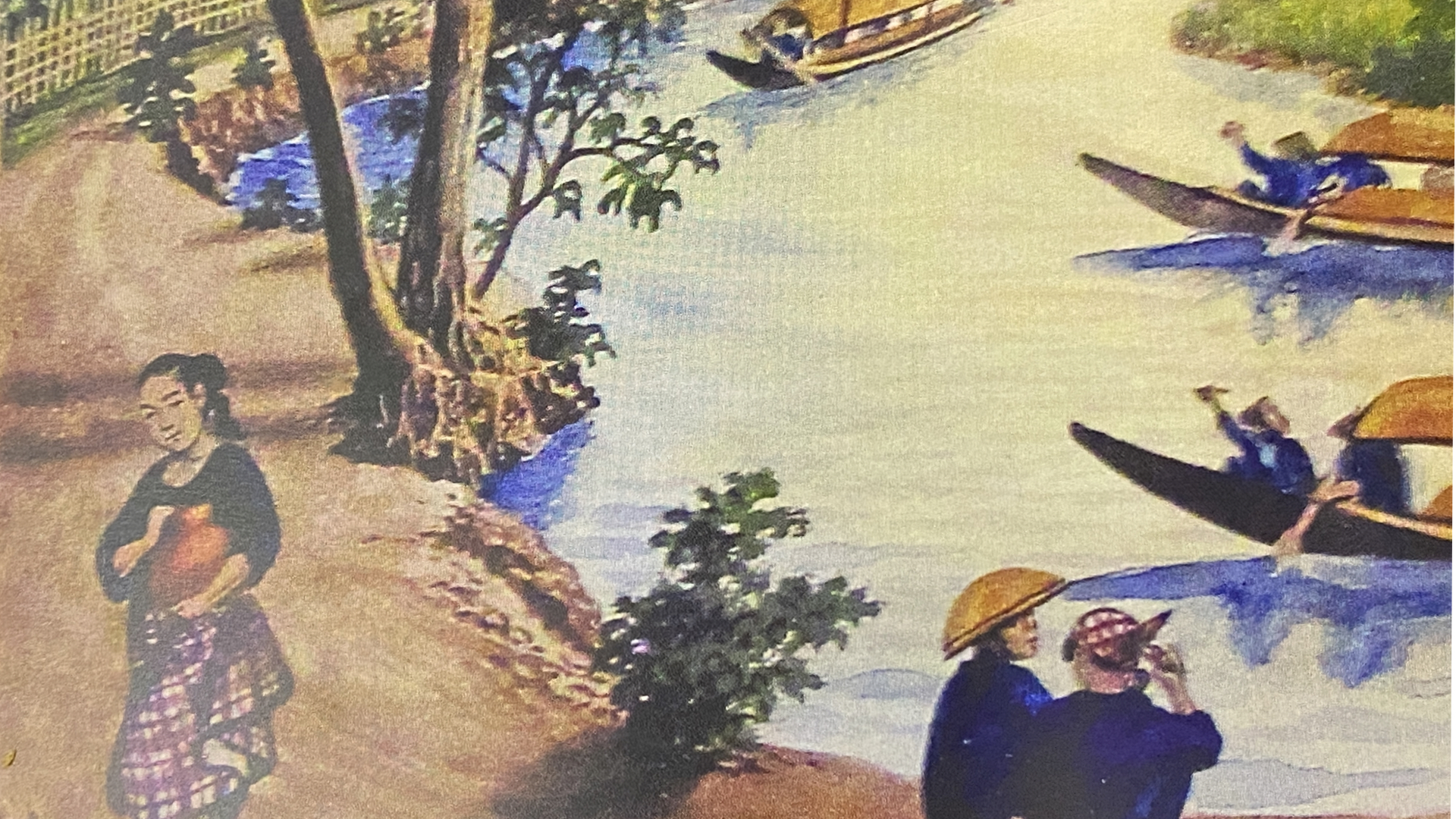
Early 1500s - Started as a settlement under the Kingdom of Tondo with a population of about 800 farmers and fishermen, believed to be mixed with Chinese settlers.
1583 - Formally recognized as a part of the Encomienda del Tondo.
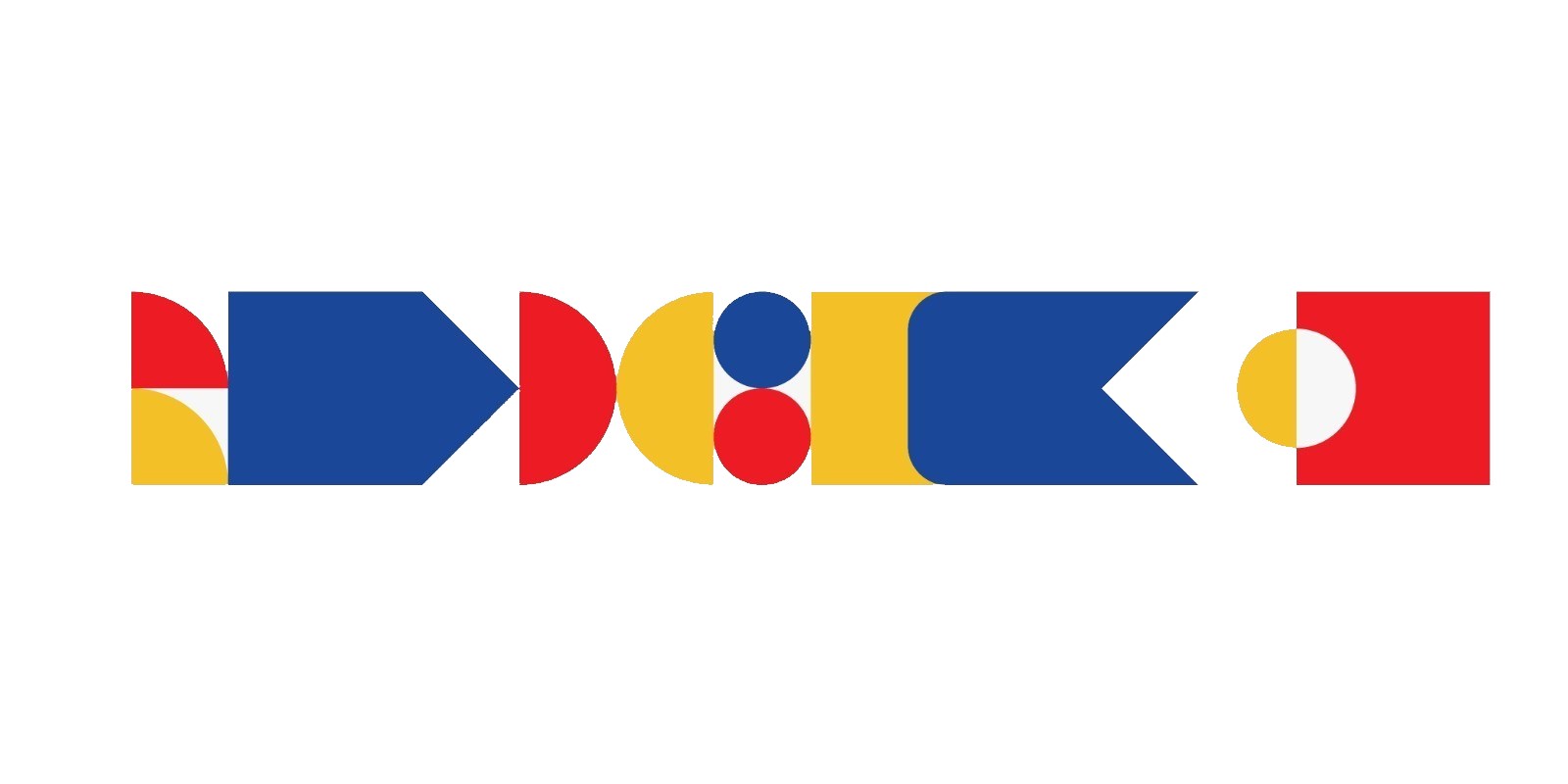
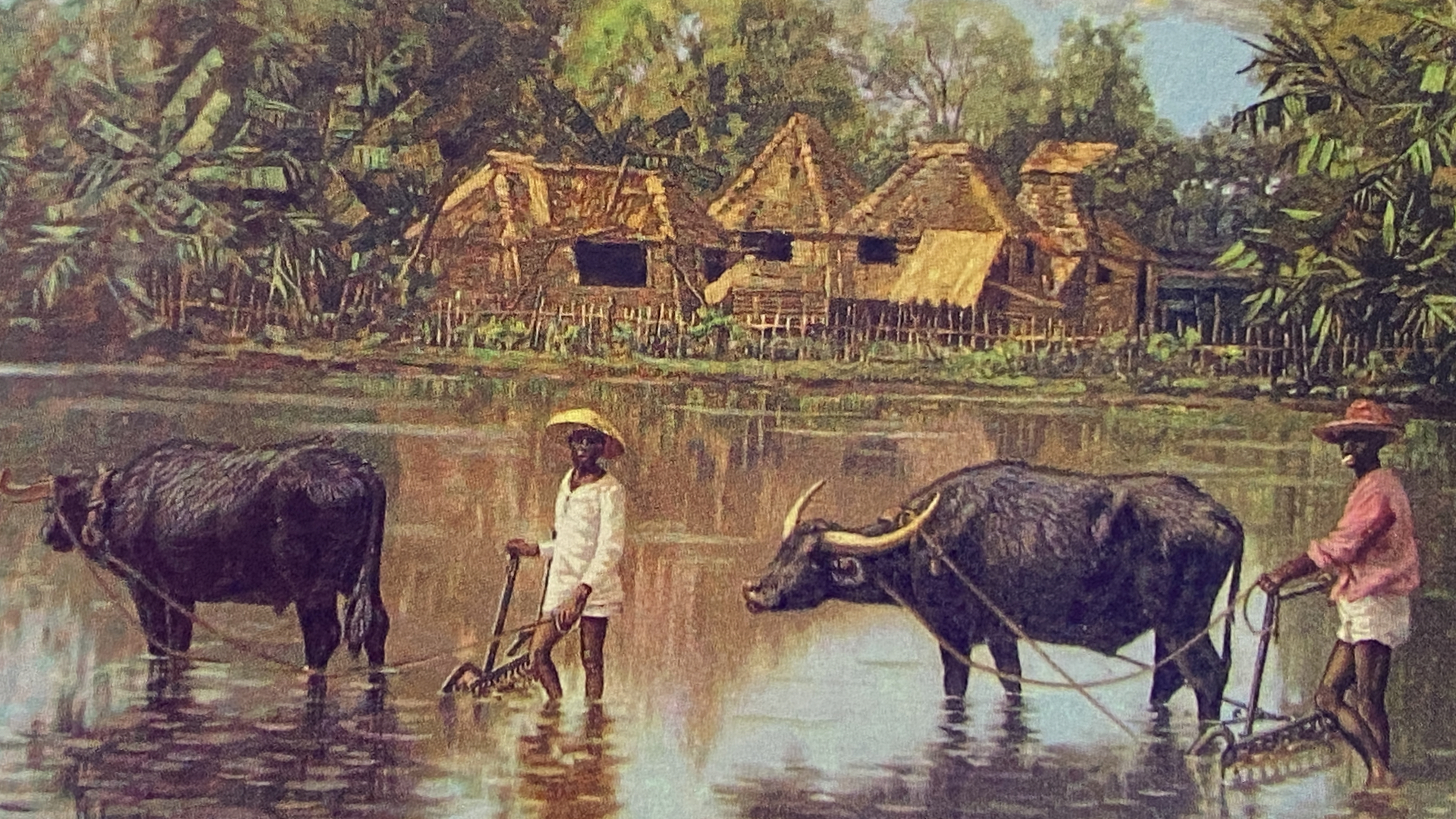
1587 - The settlement already known as Taguig was declared a pueblo or town of the province of Manila, comprised of nine (9) barrios.
1900s - General Order No. 4 proclaimed Taguig as an independent municipality.

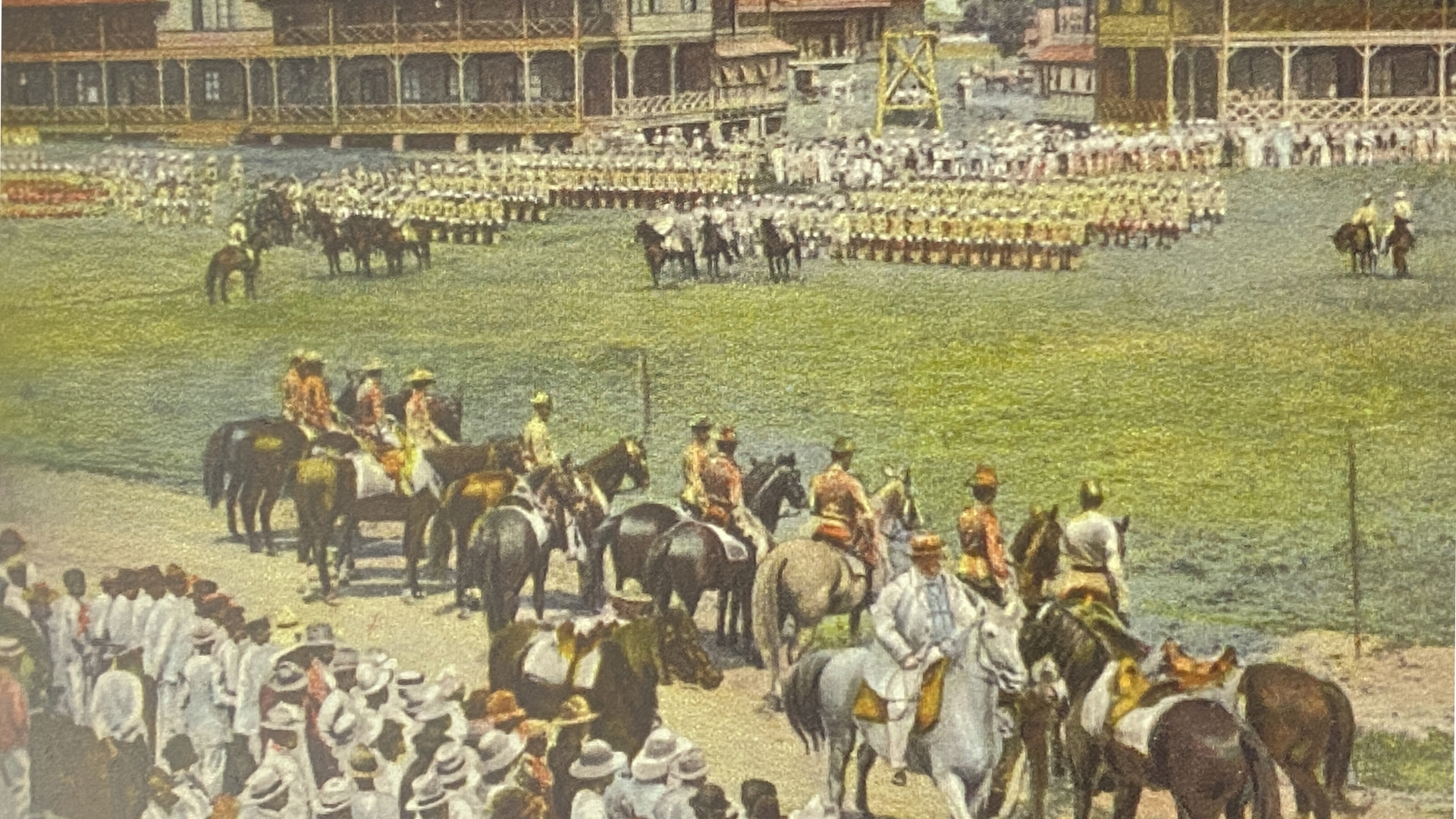
1901 - Incorporated as part of Rizal Province.
1908 - Declared as an independent Municipality together with Pateros.
1918 - Taguig and Pateros were separated and became independent municipalities of Rizal Province.

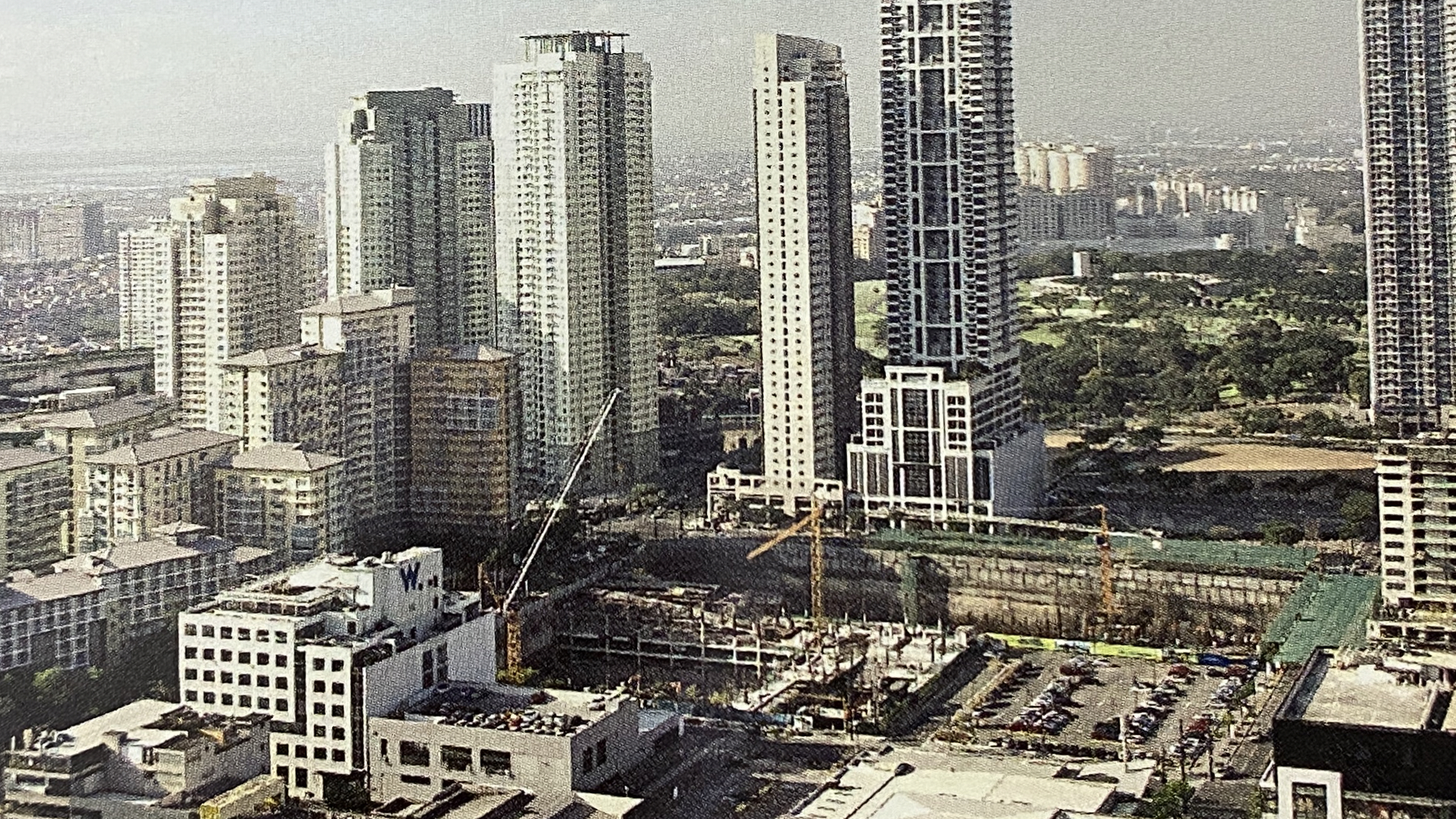
1975 - Taguig became part of the National Capital Region under P.D. No. 824.
1998 - Republic Act No. 8487 converted the Municipality of Taguig into a Highly Urbanized City.
2008 - Taguig was politically subdivided into 28 barangays.
2022 - Supreme Court affirms Taguig's jurisdiction over BGC and 10 additional EMBO barangays.
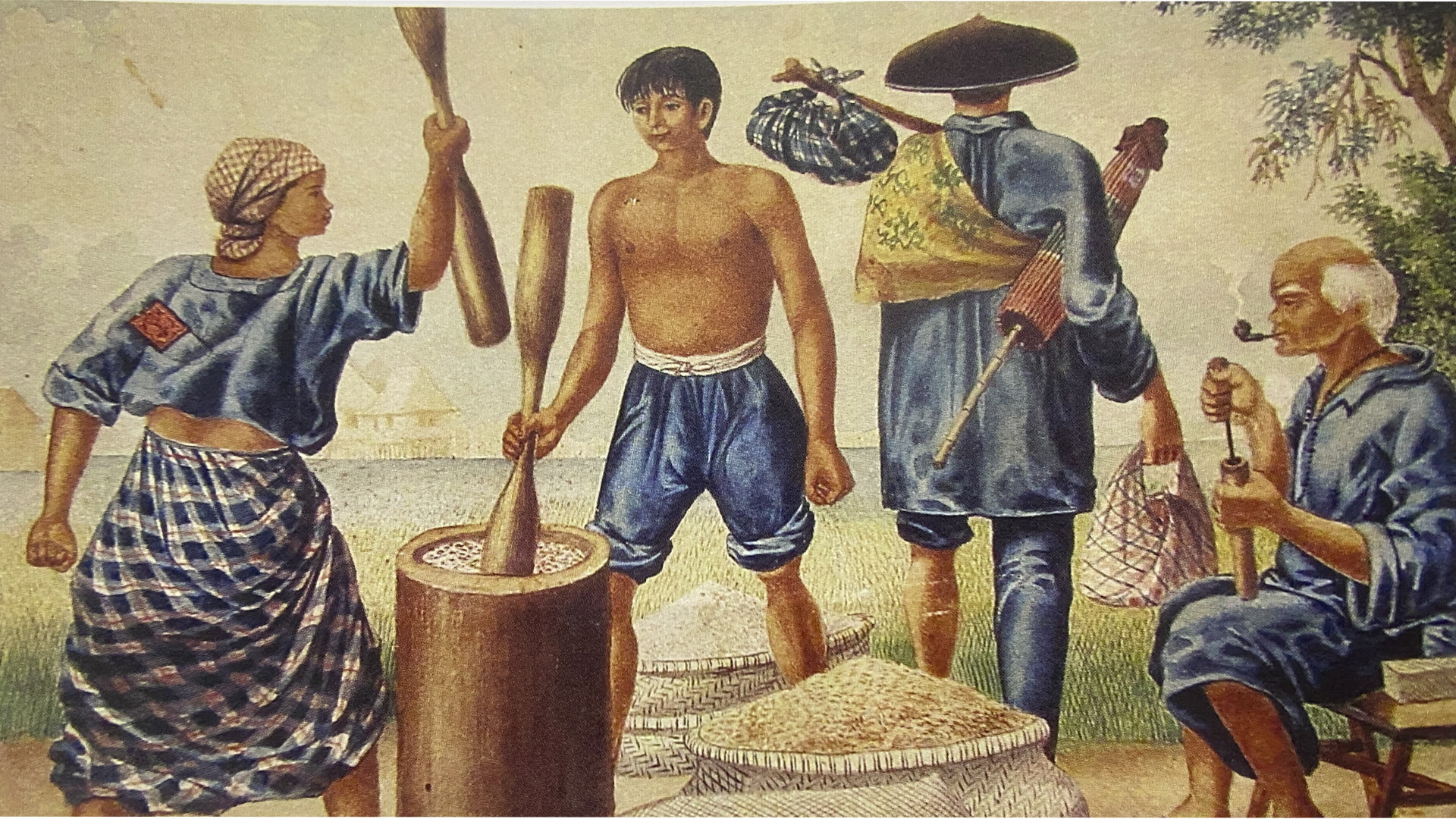
The original settlers of the area were good at threshing rice after harvest.
Hence they were referred to as “mga taga-giik,” and their settlement as “pook ng mga taga-giik.”
The Spaniards found “taga-giik” difficult to pronounce, and could only produce the word sounding like “tagui-ig.”
So many mispronouncements later, “tagui-ig” was shortened to the present day “Taguig.”
To know more about our history and culture, visit theThink Big Taguig official Facebook page:
